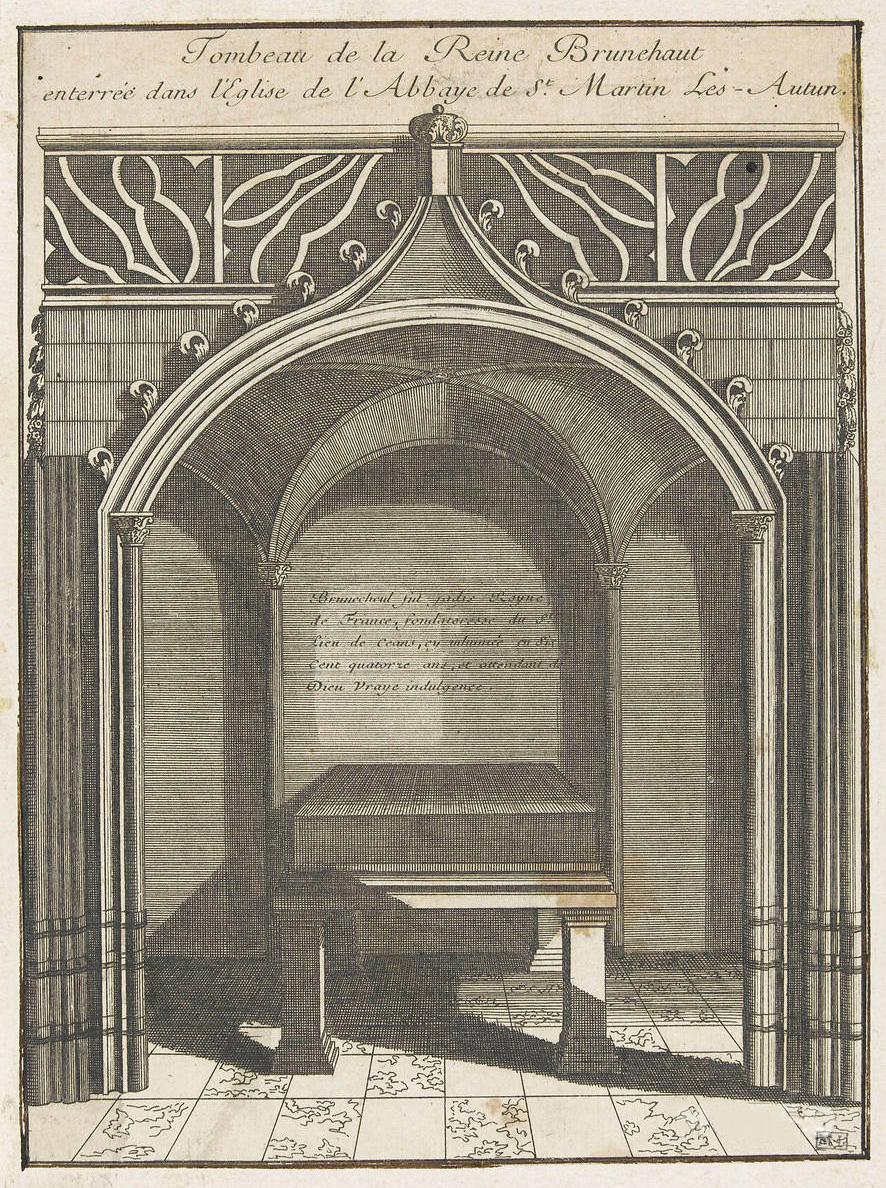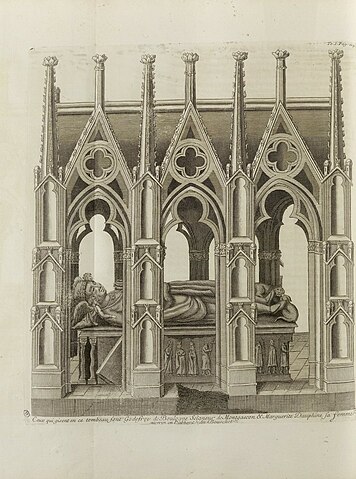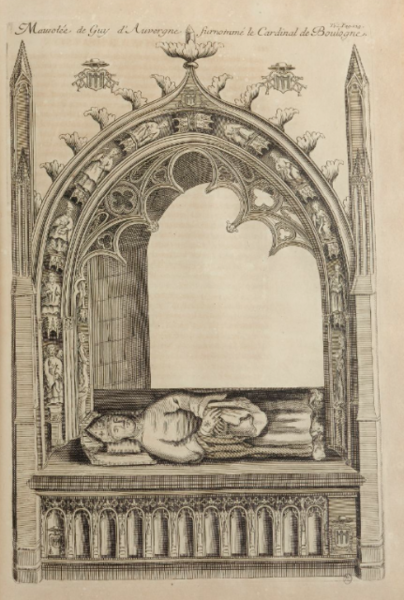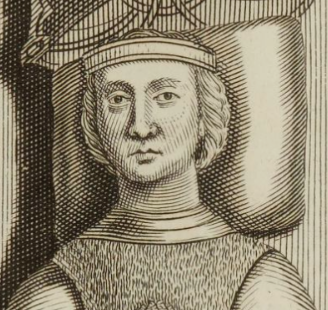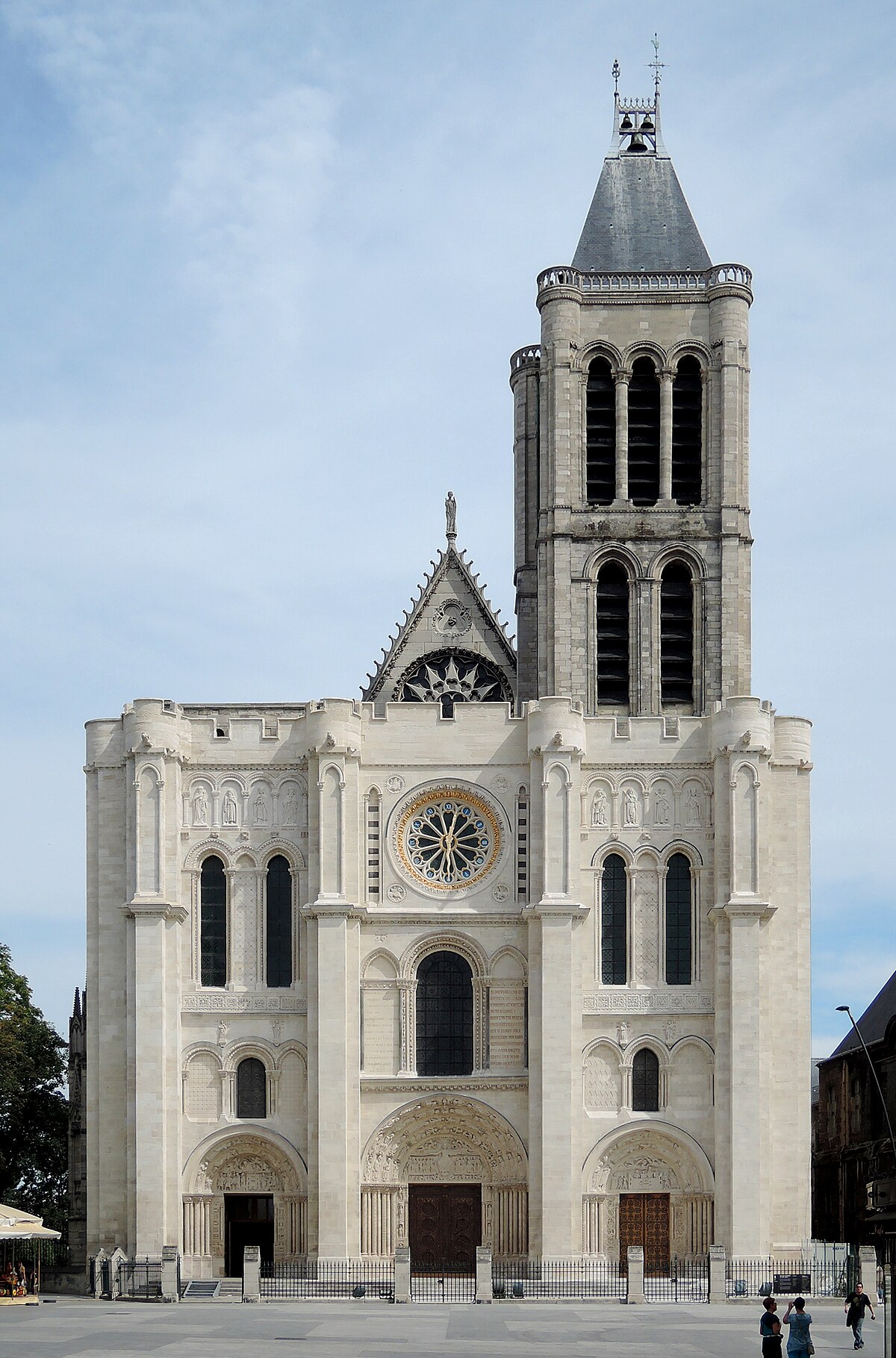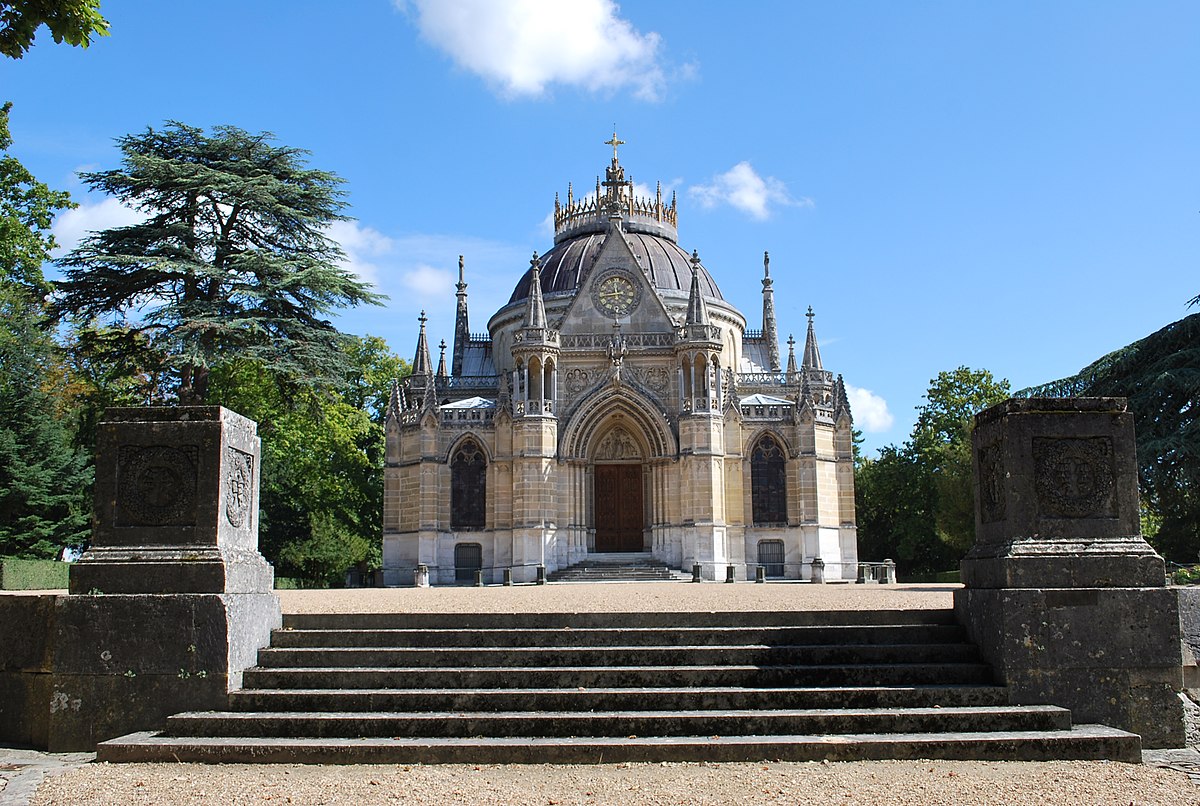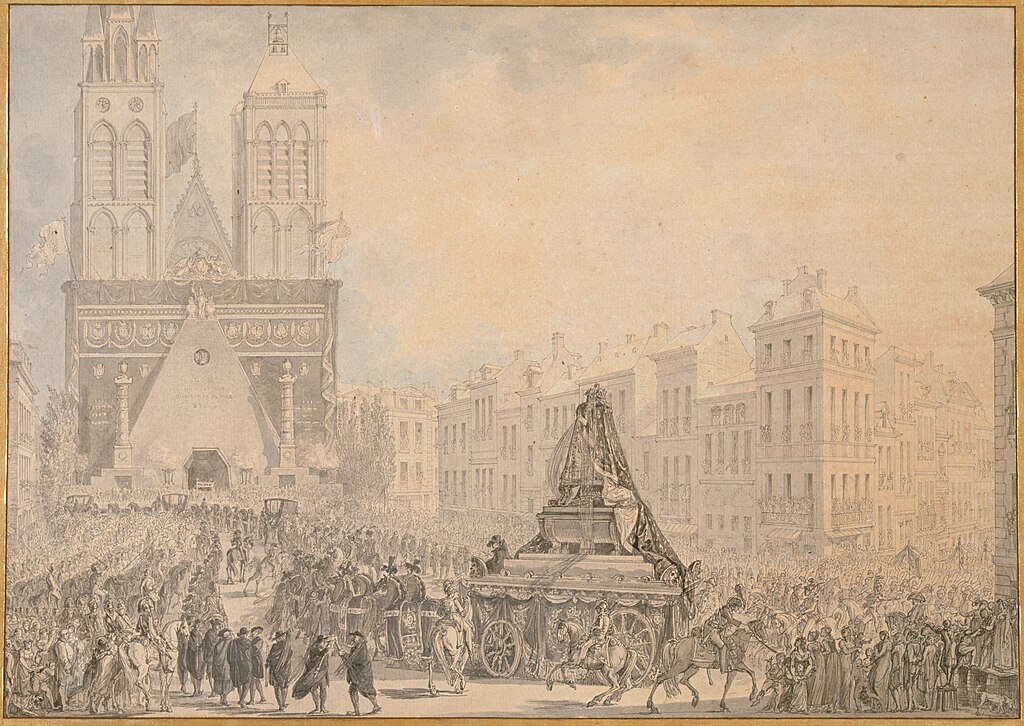- Joined
- Jun 30, 2009
- Messages
- 41,890
- City
- An Iarmhí
- Country
- Ireland
The now destroyed tomb of queen Brunhilda of Austrasia (+614) at the destroyed l'abbaye Saint-Martin d'Autun.The abbey was founded by the queen and in 1793 her tomb was smashed and remains lost. The abbey itself did not survive and was totally destroyed during the French Revolution.
